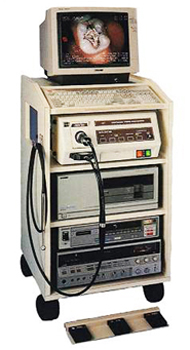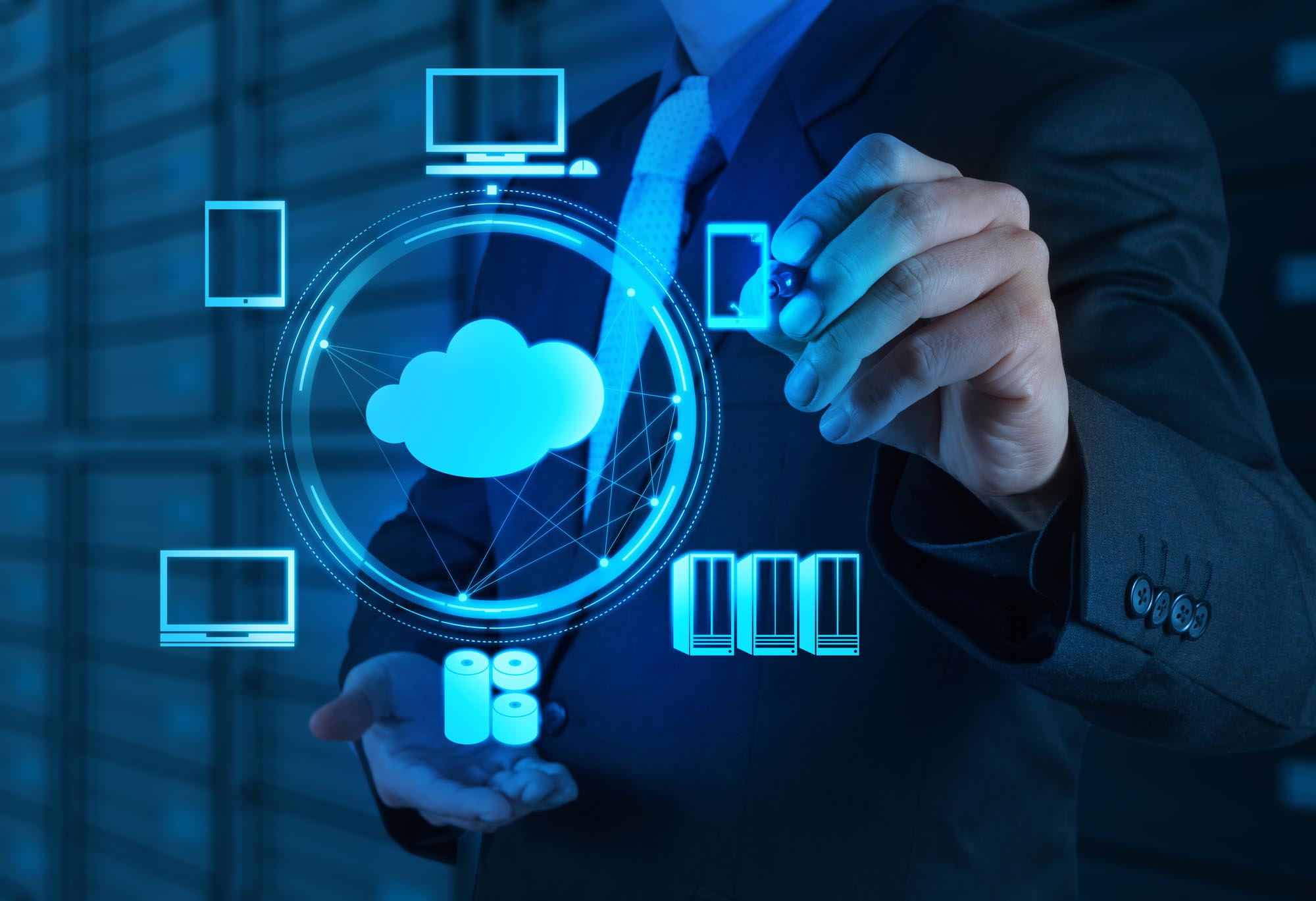Dental Technology 2.0 is a major step for dentistry!
 Dental Technology 2.0 is a major step for dentistry. Going paper-less is not as much about paper as it is reducing redundant paper-based processes and eliminating duplication of effort. The server-less practice is what you get with real cloud computing. Improving efficiency while reducing costs is a winning combination!
Dental Technology 2.0 is a major step for dentistry. Going paper-less is not as much about paper as it is reducing redundant paper-based processes and eliminating duplication of effort. The server-less practice is what you get with real cloud computing. Improving efficiency while reducing costs is a winning combination!
Cloud computing services are nothing new. Amazon Web Services (2006) and Microsoft Azure (2010) are cloud computing platforms that have hosted dental practice management software since 2006.
Pew Research estimates that 77% of Americans now own smartphones. Given the world we live in, modern dental practices now realize that cloud computing provides the platform to keep pace with the technology patients use.
In the blink of an eye, it’s not surprising how the conversation has turned to cloud computing. Dental practices are seeing the benefits of cost, data security and the server-less practice. Without a local server, the need for monthly IT support and managed backup is minimal.
What is cloud computing?
Have you shopped online, bank online, or used social networks such as Linkedin or Facebook? If so, you’re already using the cloud.
The “cloud” is a metaphor for the internet and is the delivery of computing services such as dental software, backup and networking over the internet. Data collected is securely stored and processed on multiple HIPAA compliant cloud servers rather than a local server in your office. This means your practice computers and mobile devices (smartphones and tablets) accessing the cloud don’t need to work as hard. Secure access to your practices data is conveniently available through the internet, a web browser and your credentials.
Dental technology 1.0 is going, going…
If you’re old enough to remember, intraoral camera systems were wheeled between treatment rooms on mobile carts. The Dentacam intraoral camera system was introduced in 1987 at a whopping $35,000. The camera (top shelf of cart) alone weighed 80 lbs. It included a UP-5000 thermal printer, VCR, and Sony Promavica that stored images on disk.
Fast forward, the intraoral camera today weighs in at less than a pound soaking wet with direct USB connect to computers in each treatment room. Central printers are now disposable with minimal use, VCR’s don’t exist and storage of patient images are direct-to-computer.
The challenge with technology
Standardized systems and integration have always been a challenge in dentistry. Older legacy systems and imaging software designed to work independent of each other are “indirectly” integrated through third party platforms and bridges.
The “equipment first” mentality started with the design of treatment rooms. Operatories were planned around the equipment leading to inefficient use of valuable square footage.
Dental software has improved with cameras and digital x-ray sensors but the dental market has changed too. Exclusive rights to sell tech products through specific suppliers is gone. Dental practices are left holding technology with no clear path forward.
Dental Technology 2.0 is a major step for dentistry!
- Always the latest and greatest – Web-based dental software installs updates while you’re sleeping. No disruption to the office and no worries about lost productivity. You wake up, log in and you’ve got the latest and greatest version.
- Worry-less backups – It’s not that you don’t need a backup – you categorically do! With cloud based systems your data is already stored in the cloud – right? So doesn’t it make sense to back it up their too? Think of the staff time saved every day with worry free backup. Managed backup is no longer necessary.
- The Server-less practice – Most dentists already know that servers aren’t cheap and can easily set them back $10,000. That doesn’t count maintenance, service and upgrades. Plus, they’re just as expensive to replace when they’re old and tired. With cloud computing, a browser and internet is all that’s needed for full access to your dental programs, patient data and images.
- Hidden costs of legacy systems – Some of the costs of traditional legacy systems are out of sight – out of mind. That doesn’t mean you don’t pay for them; you just don’t pay attention to them. A few of the hidden costs of legacy systems are:
-IT service calls
-Software maintenance
-Hardware upgrades
-Staff time completing in-office backups
- Anywhere-anytime access to data – With the cloud, special software and setup hassles disappear. All that’s needed is web access, a browser, credentials, and the right dental software platform. Login and gain anywhere-anytime access to patient records from the computer, mobile devices and tablets at home, your hotel room, the airport, or wherever you have access to the internet.
- HIPAA Security – By law, HIPAA compliance is mandatory and paper documentation adds unnecessary risk to that process. Data security is a constant game of never ending cat and mouse. An assortment of outdated, current and emerging technologies only adds to the problem. With the cloud, your precious data and backups are stored on HIPAA compliant servers – not in your practice.
- IT maintenance costs are remarkable! – IT managed services and backup costs are remarkably expensive! To save hassle, some practices choose to forward their server-based network woes to a third party IT provider.
Are there better alternatives to a local server? Costs alone for managing a local server and backup could cover the cloud platform, HIPAA compliant backup, and e-services. A cost analysis would verify where you stand.
The Final Word
Dental Technology 2.0 will impact both new startups and existing practices.
Existing practices full of paper charts should recognize that going paper-less is a process and to stay the course.
If you’re starting a new practice without paper charts, then it’s best to go paper-less from the get go.
Single platform services include dental practice management, imaging, practice analytics, patient communications, e-marketing, social media and e-services. A single platform dashboard should navigate these services without jumping from program to program. Make sure that the vendor is nimble enough to keep pace with improvements.
The cloud disconnects the local server and frees dental practices of the financial burden that comes with IT services. Dental technology 2.0 allows dental practices to simplify, automate, and transform old paper-based systems to a data-centric workflow. Too, analyzing data identifies issues and leads to better practice health. Dental practice’s will need to adapt to certain changes in workflow and their mindset.
Since 1998, T2 Consulting, Inc. has helped hundreds of dental practices successfully integrate technology into their practices.





